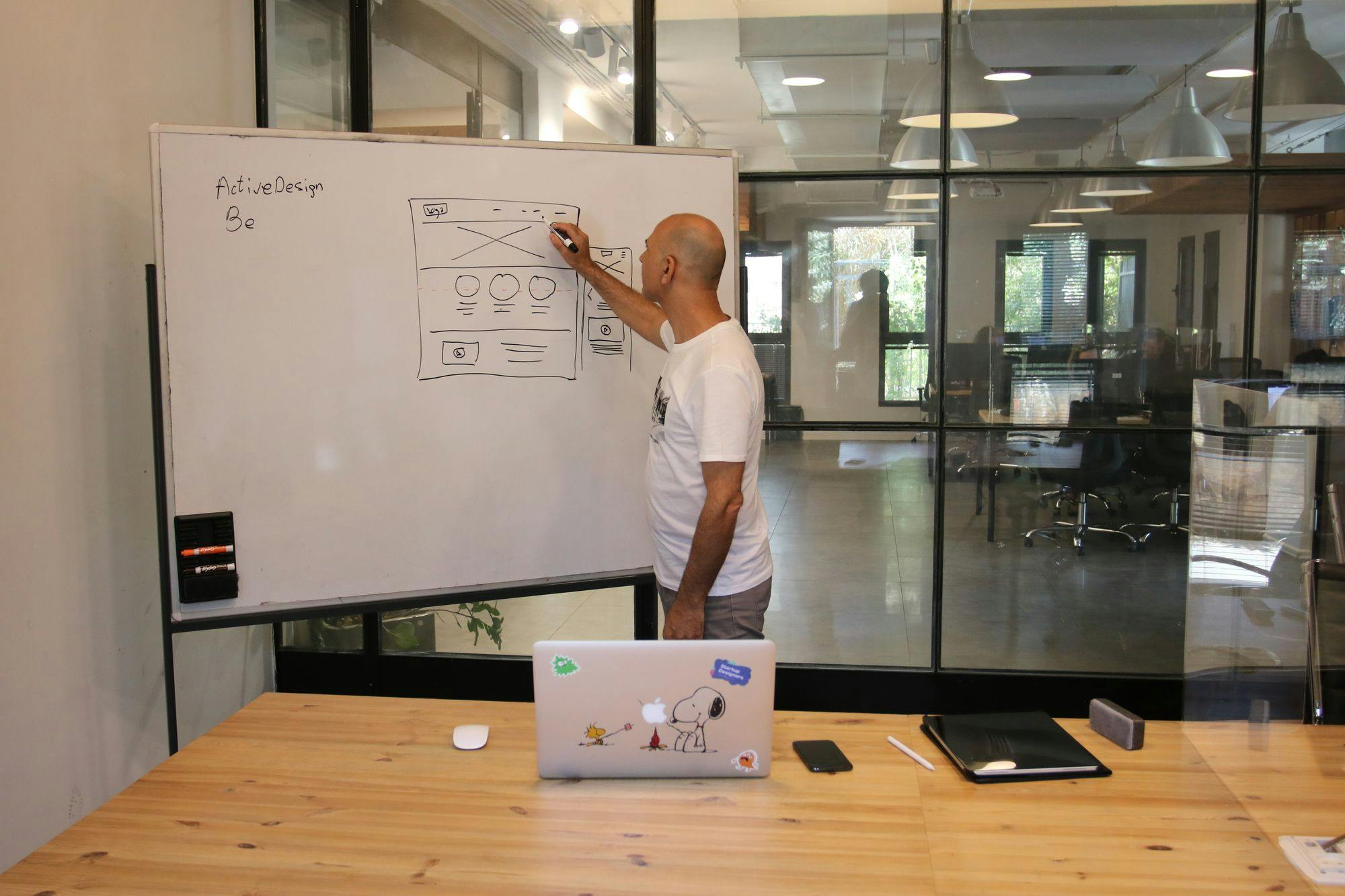Are you curious about the difference between UI and UX design? If so, you're in the right place!
User Interface (UI) design is all about the visual aspect of a product. UI designers are responsible for creating the look and feel of a website or app. This involves things like typography, white space, and color schemes to make a website or app look good and be easy to use. UI designers think about the layout of the website or app, including the placement of text, images, and buttons, and they often work to create designs that are consistent across different screen sizes like laptops and smartphones. They also integrate the brand's identity into the design, using brand colors and graphics.
User Experience (UX) design, on the other hand, is all about designing and optimizing the user experience of a product. UX designers focus on enhancing a product's usability and making it more user-friendly. This involves analyzing how people interact with the product, mapping out the user journey (i.e., the different ways a user can interact with the product), and thinking critically about ways to improve the experience. UX designers often talk to users, analyze data, and experiment with different design solutions to find the best way to improve the user experience.
Here are a couple of examples to help you understand the difference between UI and UX design:
Example 1: Suppose you have a website that displays quotes from famous authors and celebrities. The UX designer might discover that people often copy quotes and share them with their friends. To make this process easier, the UX designer might propose adding a "copy" button to the website. The UI designer would then be responsible for deciding where to place the button, what icon to use, and what color to make it.
Example 2: Imagine you have a gaming news website. The UX designer might notice that only a small percentage of visitors to the website actually complete the signup process. After investigating, the UX designer might discover that the signup form is too long, asking for unnecessary information like gender, address, and preferences. To improve the user experience, the UX designer might suggest simplifying the signup form to only ask for a user's name, email, and password. The UI designer would then be responsible for implementing the changes to the form and ensuring that the design still looks good.
In both of these examples, the UX designer identifies an issue with the user experience and proposes a solution. The UI designer then takes care of the visual aspect of the solution.
I hope this article has helped you understand the difference between UI and UX design.
